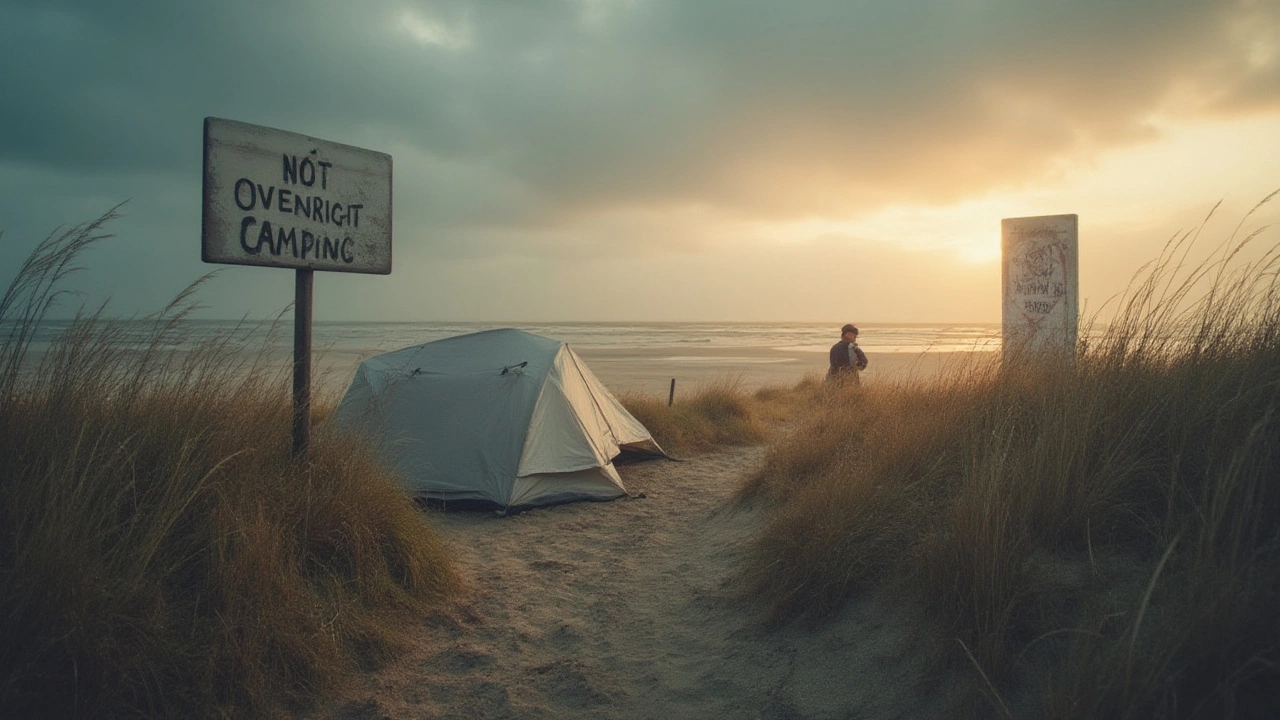Tent Living Australia – What You Need to Know Before You Pitch Your Tent
If you love sleeping under the stars, Australia offers some of the most varied landscapes you can imagine – from sun‑kissed beaches to rugged outbacks. But jumping straight into a tent on a foreign shore can get messy unless you know the basics. Here’s a straight‑to‑the‑point guide that covers the rules, the hot spots and the gear that will keep you comfy.
Where Can You Camp Legally?
Australia’s states each have their own camping rules. In most cases, you’re allowed to set up a tent in a designated campground or on Crown land where signage says “camping permitted”. On public beaches, check local council signs – many allow a night’s stay if you stay under 30 minutes and leave no trace. National parks usually require a free‑range or reservation campsite. Ignoring these rules can lead to fines, so a quick glance at the park’s website before you go saves you a headache.
Top Spots for a True Tent Experience
New South Wales – the coastal trails near Byron Bay give you surf, sunrise and basic facilities within a short walk. Queensland – the Whitsunday Islands have free‑range options on less‑crowded islands, but you’ll need a permit for overnight stays. Victoria – the Great Ocean Road’s hidden coves let you camp right on the sand, just remember to respect local wildlife. Tasmania – Cradle Mountain’s alpine meadows are perfect for star‑gazing, but weather can change fast, so pack a warm sleeping bag.
Each spot has a different vibe, but they all share two things: stunning scenery and a need for preparation. Write down the exact location, check the weather forecast and tell a friend where you’ll be.
Now, about the gear. Australian sun can scorch your tent in minutes, so a UV‑protected flysheet is a must. A good ground tarp prevents moisture from seeping up, and a simple mosquito net keeps the bugs away when the temperature drops at night. If you plan to cook, a lightweight stove that works on both gas and solid fuel covers most campfires restrictions – many parks ban open flames during dry season.
Water is another big issue. In remote areas, you’ll have to carry enough for drinking, cooking and cleaning. A 2‑liter squeeze bottle and a portable filter are cheap ways to stay hydrated without lugging huge drums.
Safety-wise, Australia’s wildlife is unforgettable but can be risky. Keep food sealed, store it in a hard‑case or hang it from a tree, and never leave rubbish behind. Snakes and spiders usually avoid humans, but a quick shoe check before you put them on saves a nasty surprise.
Finally, remember the “Leave No Trace” rules: pack out everything you bring, stay on established tracks, and respect cultural sites. Aboriginal lands have special considerations – some areas are closed to camping out of respect for heritage sites.
With these tips, your tent living adventure in Australia can be as smooth as a breezy beach night. Pack smart, follow the rules, and you’ll walk away with stories worth sharing back home.
Can You Live in a Tent on the Beach? Rules, Pros, and Realities
Wondering if you can set up camp on the beach long-term? This article explores the rules, risks, and reality of living in a tent on the beach—plus tips to do it right.
